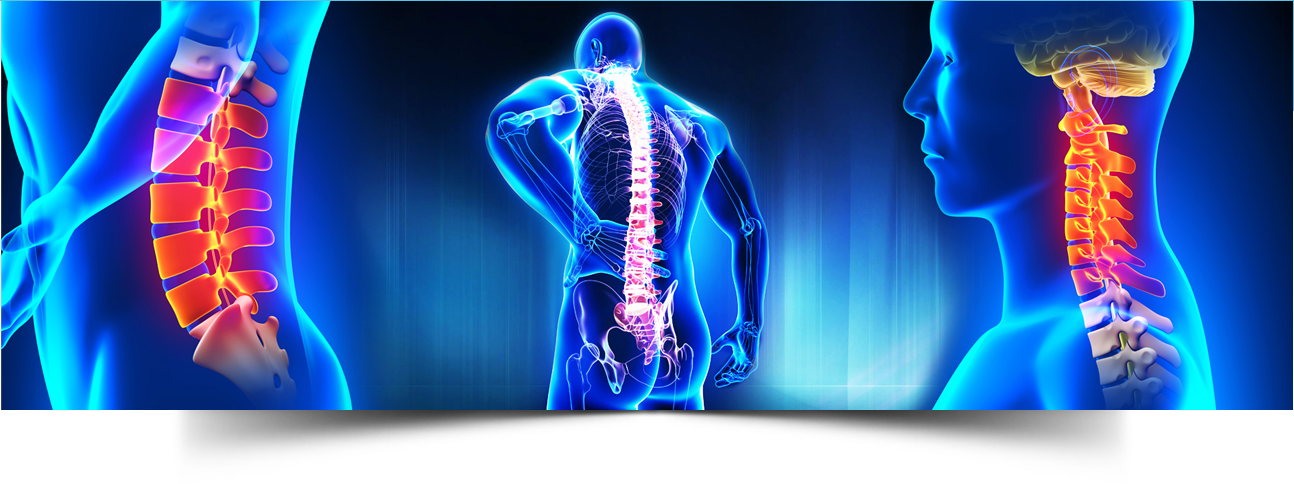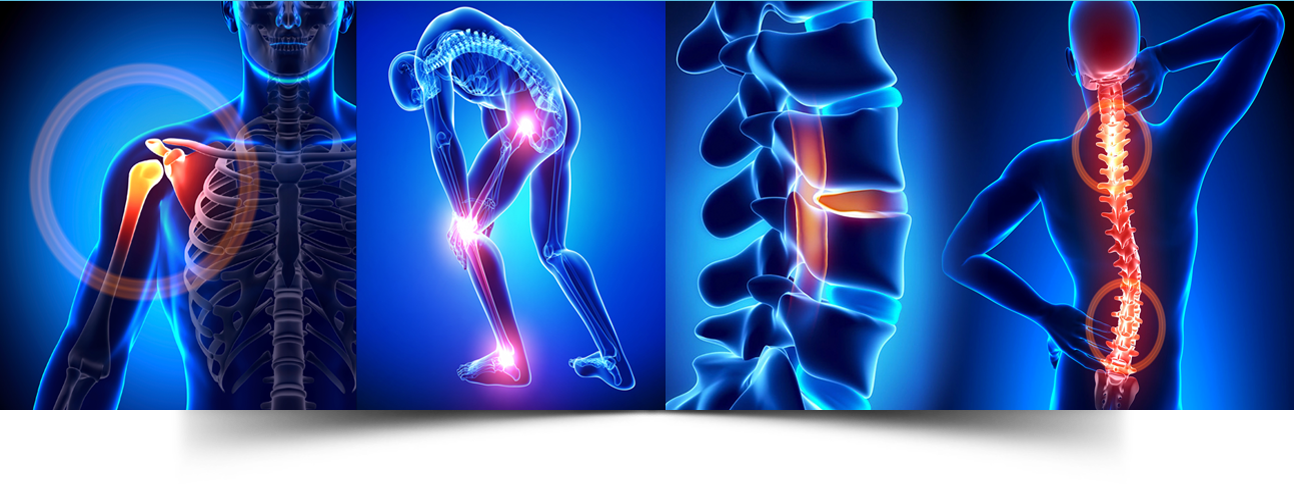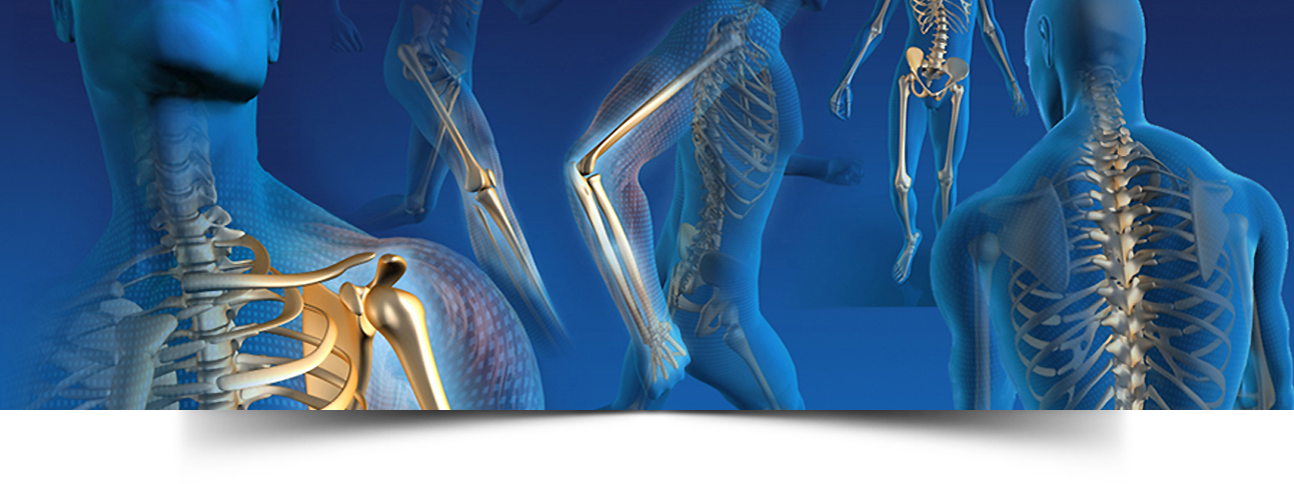1. What is a muscle strain?
Ans: Unlike a sprain, which is the stretching or tearing of a ligament, usually in the ankle, a strain in the stretching of a muscle or tendon. Most strains happen in the lower back and hamstring muscles in the back of the thigh.
2. How can I treat a muscle sprain or strain?
Ans: The first sign of an injury is usually pain and swelling to the injured area. For the first few days, use RICE therapy—Rest, Ice packs, Compression and Elevation.
3. What exercises should I continue doing to keep my low back toned and healthy?
Ans: Common factors in chronic and recurring back pain include weak abdominal and trunk muscles, unhealthy posture, and overall deconditioning due to lack of exercise. Exercises should be chosen to offset each of the problem areas that contribute to back pain. Lumbar and abdominal stabilization: Studies show that exercise training for the abdominal and low-back muscles can improve back stability, reduce pain, and make it easier to do activities of daily living.
Postural exercises: Putting safe posture in action is important to protect your back from small injuries that add up when the spine is strained in awkward or stationary postures.
Aerobic conditioning: A well-rounded program for maintaining a healthy spine should include some form of aerobic exercises. Examples may include walking, cross-country skiing, or swimming. It is important that you choose an aerobic activity you enjoy, so you'll stick with it. Remember to always check with your doctor or physical therapist before beginning an exercise program.
5. If I have pain above or behind my knee, is it still considered knee pain?
Ans: Yes, pain around or behind the knee joint may still be considered knee pain. Pain that originates in the joint itself often radiates to muscles around the injured area. Knee pain is typically divided into three categories. Acute injury describes the trauma from an accident such as a dislocated knee or torn ligament. Medical conditions which may be ongoing are a second category—arthritis is a common example of a medical condition which can cause knee pain. Chronic or overuse conditions are the third category. Chronic pain describes pain that continues for six months or more. Bursitis, tendonitis or patellar syndromes are examples of chronic pain. All three types of knee pain can cause discomfort behind, below or above the joint itself.
6. What is arthritis?
Ans. The word arthritis literally means "joint inflammation." Arthritis refers to a group of more than 100 rheumatic diseases and other conditions that cause pain, stiffness, and swelling in joints. Rheumatoid arthritis is a disease that damages the lining surrounding our joints while also destroying our bones, tissue, and joints over time.
Osteoarthritis is a progressive condition that slowly damages the cartilage surrounding the ends of bones and is common in the hip, knee, and spine.
7. How can I manage arthritis pain?
Ans: Both medical treatment and self-management strategies are very important. The Arthritis Self-Management Program and the Chronic Disease Self-Management Program. These programs help people learn the techniques needed to manage their arthritis on a day to day basis and gain the confidence to carry it out.
Physical activity can also help reduce pain. Programs like Arthritis Foundation Exercise Program and Enhance Fitness can help can help you safely increase yours physical activity.
8. How does body weight influence arthritis?
Ans: Weight control is essential; research suggests that maintaining a healthy weight reduces the risk of developing osteoarthritis and may decrease disease progression. A loss of just 11 pounds can decrease the occurrence (incidence) of new knee osteoarthritis, and losing just 5% of body weight (12 pounds in a 250 pound person) can reduce pain and disability. Calculate your Body Mass Index (BMI). Read more about healthy weight.
9. What injuries cause shoulder pain and tightness?
Ans: Shoulder pain and tightness can be caused by repetitive motion injuries, sudden injuries, strains and sprains, instability, dislocations, frozen shoulder and pinched nerves. These injuries can limit your range of motion and cause weakness and stiffness in the shoulder and arm. If you suspect you have a shoulder injury, you should call our chiropractor and request and initial appointment and evaluation.
10. What is Arthroscopic Surgery?
Ans: Arthroscopic Surgery is minimally invasive or key hole surgery around joints. Usually there are two small holes made - one for the insertion of the arthroscope (camera) and the another one is for shaving of ligaments.
11. What is Joint Replacement Surgery?
Ans: Joint Replacement Surgery means replacement of articular surfaces of a joint. It may partial replacement or total replacement.
12. What is arthroscopic surgery?
Ans. Arthroscopic surgery is one of the most common orthopedic procedures performed today. Through the use of small instruments and cameras, an orthoapedic surgeon can visualize, diagnose, and treat problems within the joints.
One or more small incisions are made around the joint to be viewed. The surgeon inserts an instrument called an arthoscope into the joint. The arthoscope contains a fiber optic light source and small television camera that allows the surgeon to view the joint on a television monitor and diagnose the problem, determine the extent of injury, and make any necessary repairs. Other instruments may be inserted to help view or repair the tissues inside the joint.
13. When is a Shoulder Arthroscopy advised?
Ans. If a patient experiences pain and inflammation in and around the shoulder joint for quite a longer period of time and the same is not arrested by any of the non-surgical treatments available; then the surgeons may advise to go for a Shoulder Arthroscopy.
Following are the conditions for which Shoulder Arthroscopy is required:
- Rotator cuff repair
- Repair of ligaments
- Repair for shoulder dislocation recurrence
- Removal of inflamed loose cartilages or tissues
- Bone spur removal
- Repair or removal of the Labrum
- Fracture repair
- Nerve release
- Cyst excision
14. What is joint replacement surgery?
Ans. Joint replacement surgery is performed to replace an arthritic or damaged joint with a new, artificial joint called a prosthesis. The knee and hip are the most commonly replaced joints, although shoulders, elbows and ankles can also be replaced.
Joints contain cartilage, a rubbery material that cushions the ends of bones and facilitates movement. Over time, or if the joint has been injured, the cartilage wears away and the bones of the joint start rubbing together. As bones rub together, bone spurs may form and the joint becomes stiff and painful. Most people have joint replacement surgery when they can no longer control the pain in their hip or knee with medication and other treatments, and the pain is significantly interfering with their lives.
15. What is shoulder impingement?
Ans. Impingement syndrome is a common disorder of the shoulder that refers to an improper alignment of the bones and tissues in the upper arm. Inflammatory conditions such as tendinitis, bursitis, and arthritis are all closely related to impingement syndrome, as are tears to the rotator cuff tendons.
If the rotator cuff becomes inflamed from overuse or there is a bone deformity or spur on the end of the shoulder blade, then the space between the upper arm bone and tip of the shoulder blade is narrowed, causing the rotator cuff and its fluid-filled bursa to be squeezed or pinched. This impingement causes irritation and pain to the rotator cuff when the shoulder is raised.
16. What is frozen shoulder?
Ans. Frozen shoulder (adhesive capsulitis) is a condition in which the tissues around the shoulder joint stiffen, scar tissue forms, and shoulder movements become difficult and painful. It can develop when you stop using the joint normally because of pain, other injury, or a chronic health condition, such as diabetes. Any shoulder problem can lead to frozen shoulder if you do not work to maintain its full range of motion. |













